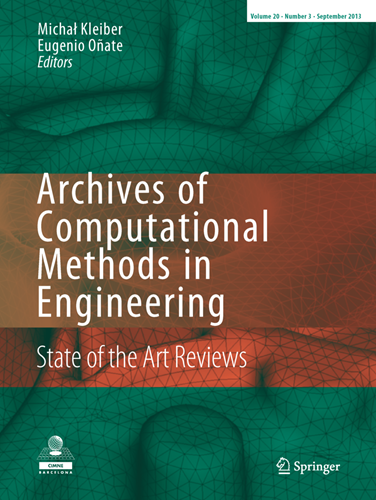Image-Based Hemodynamic and Rheological Study of Patient’s Diseased Arterial Vasculatures Using Computational Fluid Dynamics (CFD) and Fluid–Structure Interactions (FSI) Analysis: A review
Abstract
Vascular diseases, such as aneurysms and stenosis, significantly impact hemodynamic parameters and disrupt the structural integrity of the arterial layer. Computational Fluid Dynamics (CFD) simulations in realistic arteries with wall interactions can detect stenosis formation by identifying altered flows and variations in wall shear stresses. This review article aims to highlight the significance of CFD simulations in finding the evolution of arterial diseases based on CT (Computed tomography) scan images of actual patient data. Each article was evaluated based on various hemodynamic parameters, inflow pulsatile waveform nature, and blood rheological models, including Newtonian and Non-Newtonian. The review provides the outcomes of studies involving fluid and structure interactions. The challenges of CFD and Fluid–Structure Interaction (FSI) simulations are discussed using results derived from patient-specific CT scan data. Different anatomical vessels reconstructed using medical images, and various inflow and outflow boundary conditions being applied to simulate the flow in these models and wall interaction with the fluid domain have been reported to analyze the flow behavior and predict arterial wall diseases. The article will be helpful to researchers and surgeons in analyzing diseased patient and developing a non-invasive-based system. The study emphasizes the potential of CFD simulations for identifying vascular diseases and predicting their evolution based on CT scan images of actual patient data. Additionally, the article highlights the need for more research to address the challenges associated with CFD and FSI simulations.

 求助内容:
求助内容: 应助结果提醒方式:
应助结果提醒方式:


